Windows 11 introduced significant design changes, including a centered taskbar that houses the Start Menu and quick-access icons. While these updates aim to enhance the user experience, some familiar features, like accessing the Task Manager via a right-click on the taskbar, are not readily available to all users. With the recent "Moment 1" update for Windows 11 22H2, Microsoft added the ability to open the Task Manager by simply right-clicking on the taskbar. If this option isn't appearing for you, there are ways to enable it manually.
Enable Task Manager Option Using Registry Editor
If you prefer not to use third-party tools, you can modify the Windows Registry to enable the Task Manager option on the taskbar context menu. Be sure to follow these steps carefully to avoid any system issues.
Step 1: Open the Start Menu and type Registry Editor in the search bar. Click on the 'Registry Editor' app from the search results to launch it.
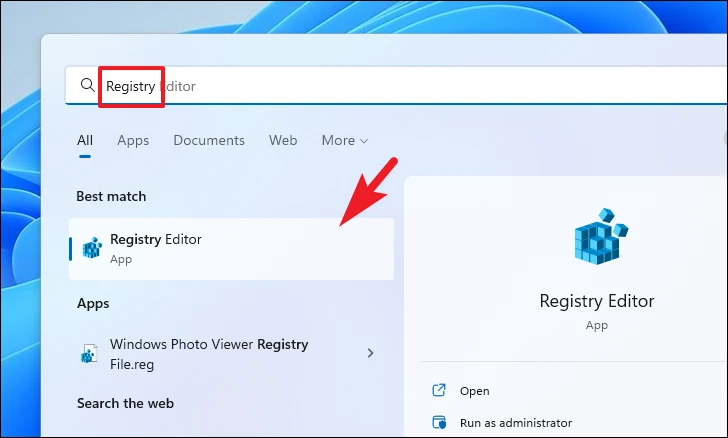
Step 2: If a User Account Control (UAC) prompt appears, click Yes to grant administrative privileges.
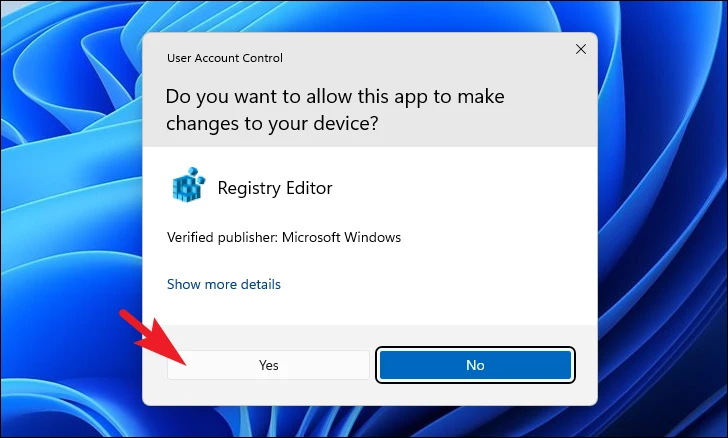
Step 3: In the Registry Editor window, navigate to the following path by typing it into the address bar and pressing Enter:
HKLM\SYSTEM\CurrentControlSet\Control\FeatureManagement\Overrides\4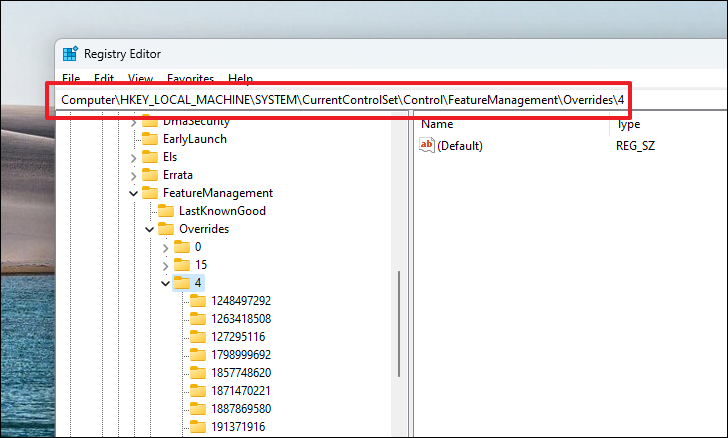
Step 4: Right-click on the 4 key in the left pane, select New, then click on Key. Name the new key 1887869580.

Step 5: With the new key selected, right-click in the right pane, hover over New, and select DWORD (32-bit) Value. Name this value EnabledState and press Enter.

Step 6: Double-click on EnabledState to modify it. In the value data field, enter 2 and click OK.
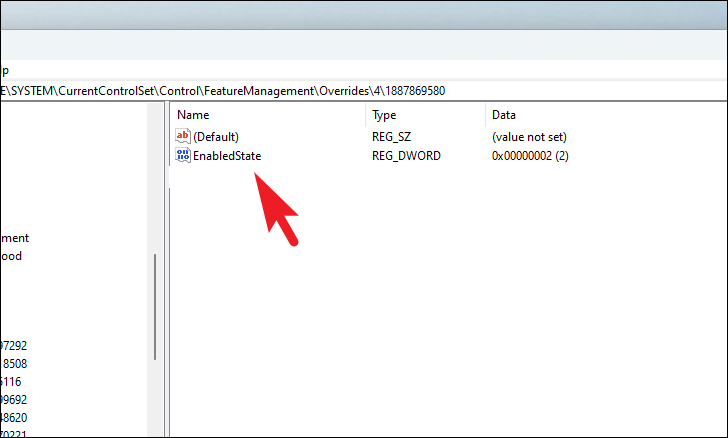
Step 7: Again, right-click in the right pane, select New, and choose DWORD (32-bit) Value. Name this value EnabledStateOptions and press Enter.
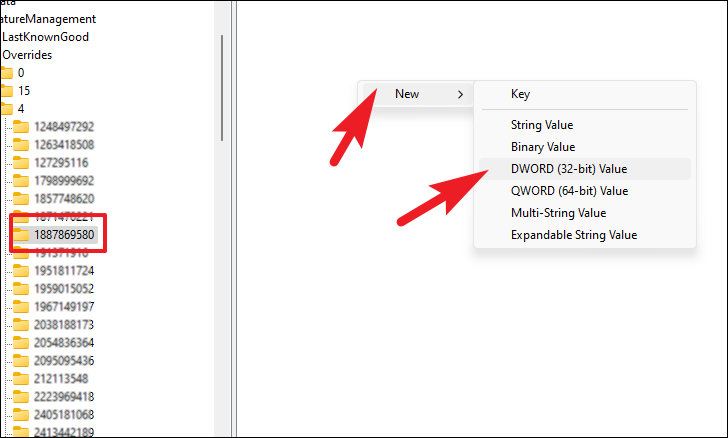
Step 8: Double-click on EnabledStateOptions. Ensure the value data is set to 0 and click OK.
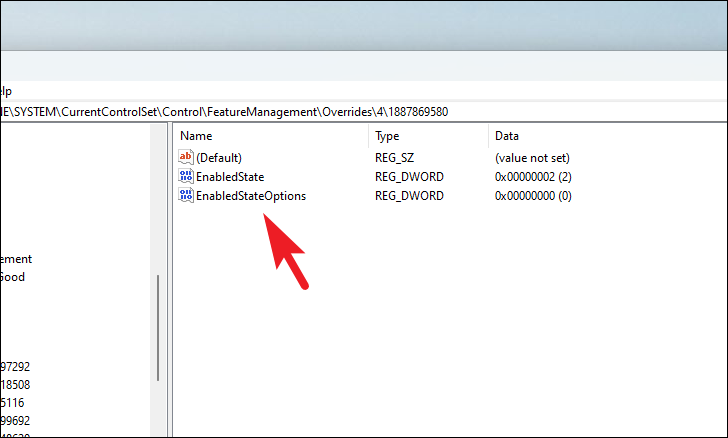
Step 9: Close the Registry Editor and restart your computer for the changes to take effect.
After your system restarts, right-click on the taskbar. You should now see the 'Task Manager' option available in the context menu.
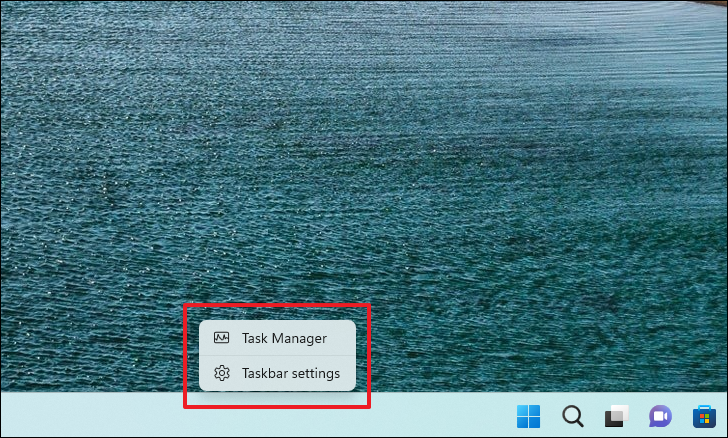
Enable Task Manager Option Using Vive Tool
Alternatively, you can use the open-source Vive Tool to enable the Task Manager option on the taskbar. This method involves downloading the tool and running a command in the Command Prompt.
Step 1: Visit the Vive Tool GitHub releases page using your preferred web browser. Click on the latest .zip file to download it.
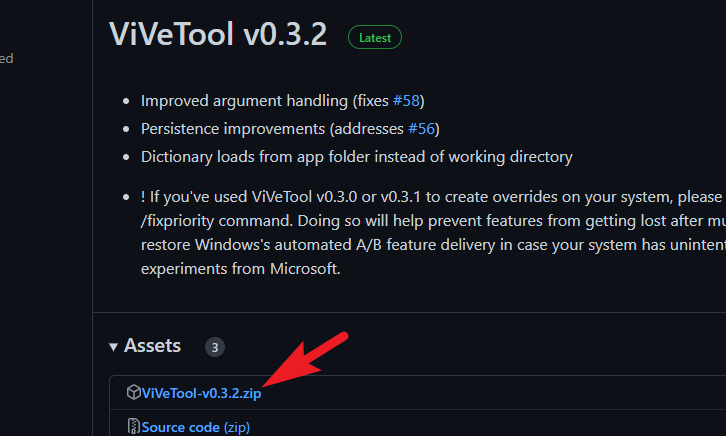
Step 2: Once downloaded, navigate to the file location, right-click on the .zip file, and select Extract All.

Step 3: Choose a destination for the extracted files or keep the default location. Click Extract to proceed. After extraction, copy the full path of the extracted folder for later use.
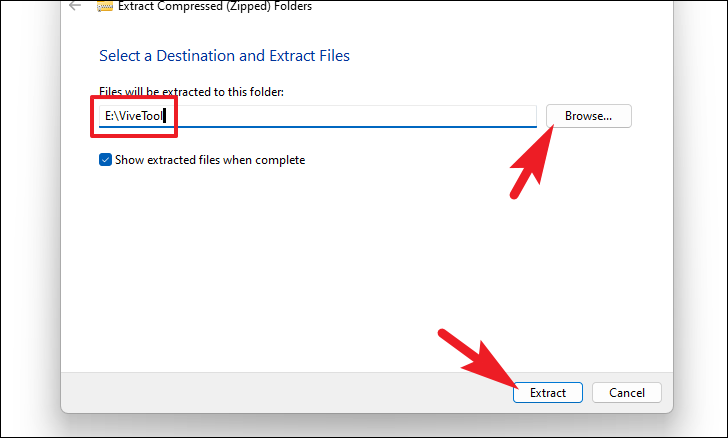
Step 4: Open the Start Menu, type Terminal, right-click on the 'Terminal' app, and select Run as administrator.
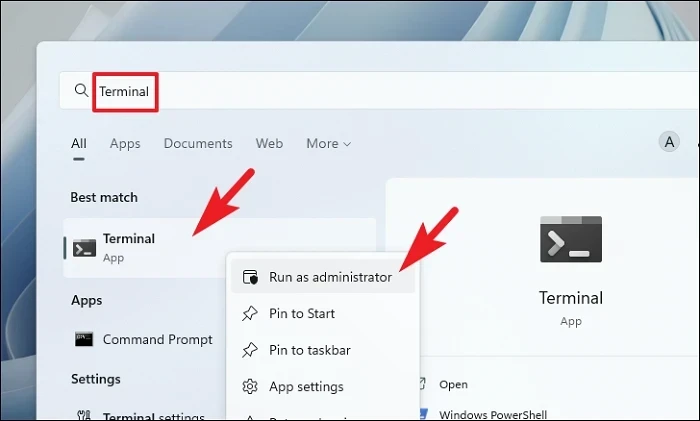
Step 5: In the Terminal window, click on the downward arrow icon in the title bar and select Command Prompt to open a new tab with Command Prompt.

Step 6: Change the directory to the extracted Vive Tool folder by typing the following command and pressing Enter:
Note: Replace <extracted folder path> with the actual path you copied earlier.
cd <extracted folder path>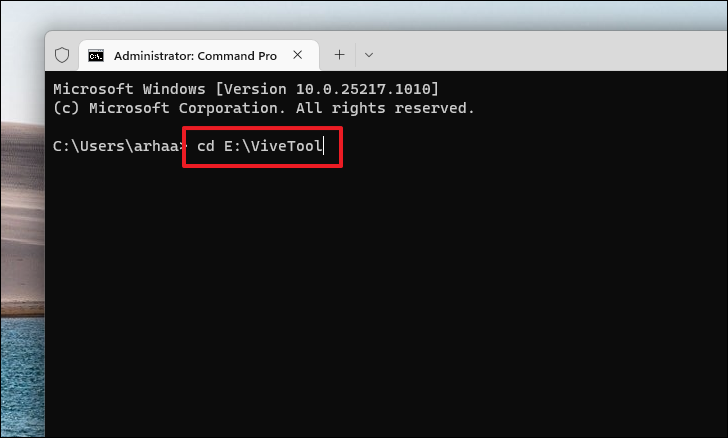
Step 7: Enable the Task Manager option by running the following command:
vivetool /enable /id:36860984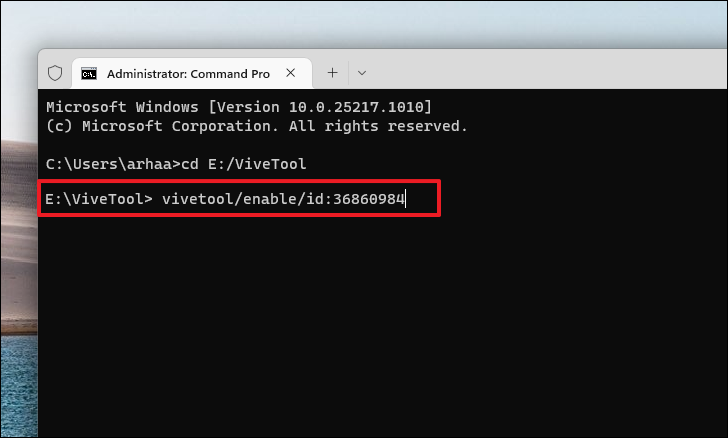
Step 8: Once the command executes successfully, close the Terminal window and restart your computer.
After restarting, right-click on the taskbar to see the newly added 'Task Manager' option in the context menu.
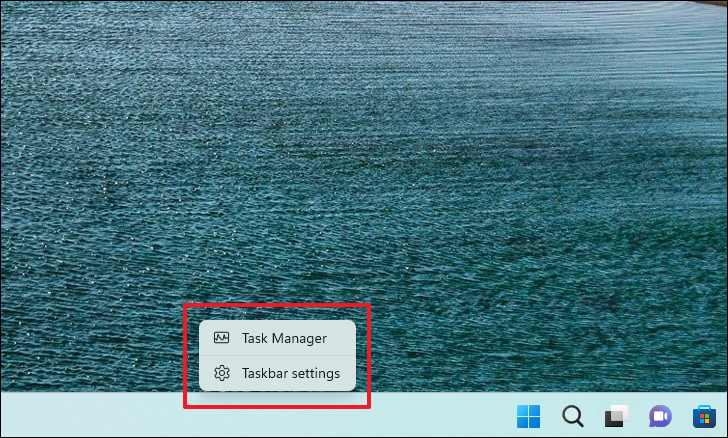
Verify You Have the Moment 1 Update Installed
Before attempting these methods, it's crucial to ensure your system is updated to the Moment 1 update for Windows 11 22H2.
Step 1: Open the Start Menu and type winver in the search bar. Press Enter or click on the 'winver' run command to open the About Windows window.

Step 2: Check that your system is running Build 22621.675 or newer if you're on the stable/public channel. Windows Insider Program members should verify they have the appropriate build depending on their channel. For Dev Channel users, the build should be 25217.1001 or newer.
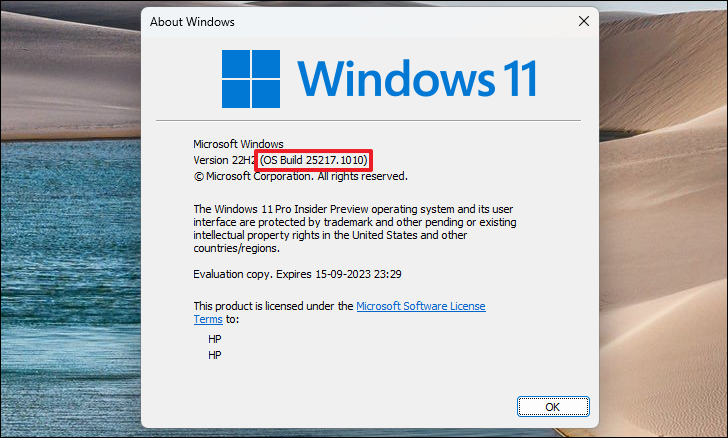
By following these methods, you can manually enable the convenient Task Manager option in the taskbar's right-click context menu in Windows 11. This feature allows for quicker access to the Task Manager, streamlining your workflow.











Member discussion